The system used in the tournament is Hawk-Eye Innovations, owned by Sony. With up to 18 cameras on each court, the system can analyze the ball's trajectory in less than 0.1 seconds, and draw conclusions with an error of only about 3 mm.

A ball situation is determined by an automatic system at Wimbledon. (Source: euronews.com)
AI not only determines whether the ball is “in” or “out,” but also makes a sound to notify the athlete – replacing the harsh voice of traditional linesmen.
The absence of line judges has been called an emotional and dramatic loss by many spectators and former staff. Several players have also expressed concerns about the new system. Chinese player Yuan Yue said she had difficulty hearing the system’s voice during matches. When she asked to increase the volume, the chair umpire responded that it was impossible.

Many players and spectators are still unfamiliar with the automatic ball calling system. (Source: euronews.com)
Wimbledon organizers said they use different call-outs for each court to avoid confusion, but this does not help fans and players get the most accurate sense of the results on court.
Pauline Eyre, a former linesman for 16 years at Wimbledon, said the electronic caller sounded “hesitant”, like “Out… I think”. Similarly, two top players, Carlos Alcaraz and Fabio Fognini, have expressed concerns about the system’s clarity and accuracy.

Wimbledon is famous for maintaining the long-standing rules of tennis. (Source: euronews.com)
Although Wimbledon, US Open and Australian Open have accepted AI, Roland Garros (France) is still determined to keep traditional linesmen, considering this the soul of the tournament.
Wimbledon 2025 is not only a top tennis tournament but also a great test between modern technology and long-standing tradition. The question is: Can "robot" calls ignite the emotions that humans once brought? Or will it usher in a cold, precise and emotionless era of sport ?
Source: https://vtcnews.vn/wimbledon-2025-dung-ai-thay-the-trong-tai-bien-ar952287.html



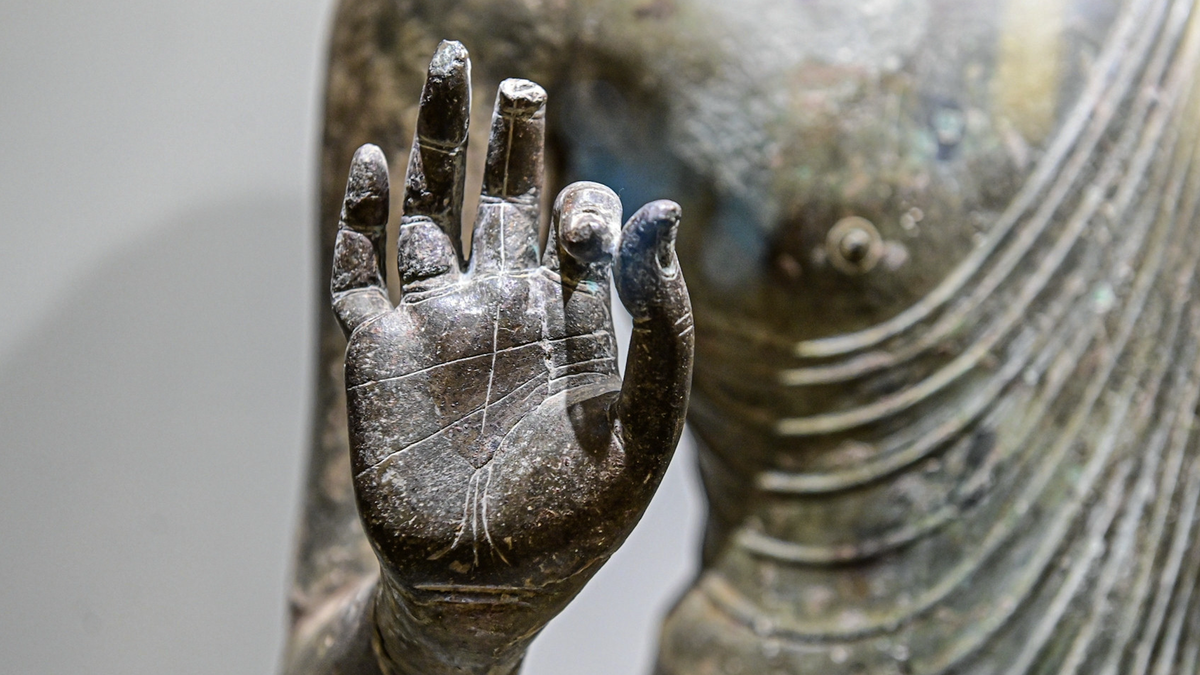


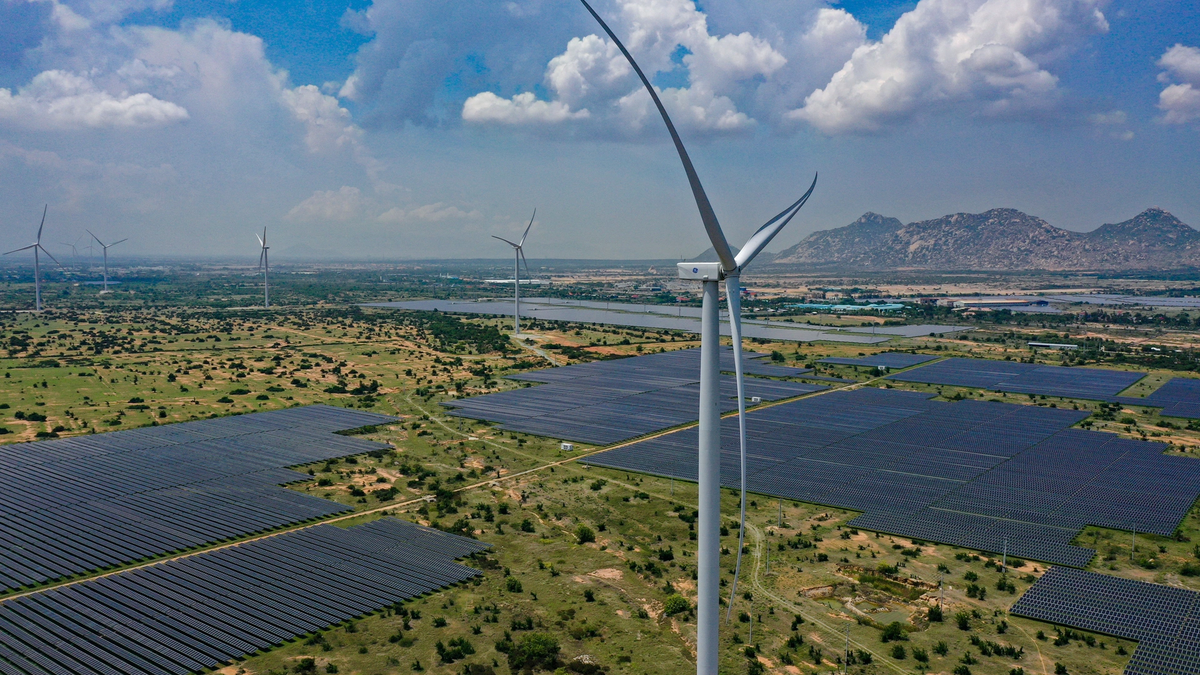



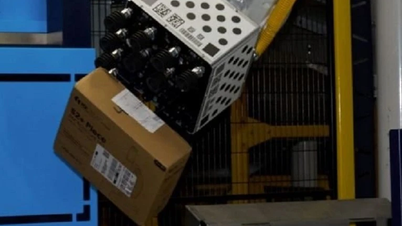



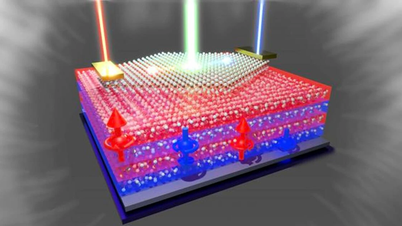








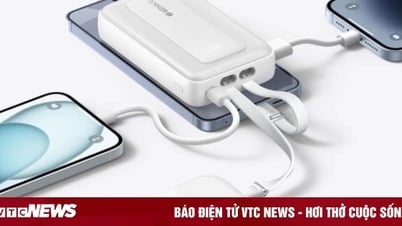



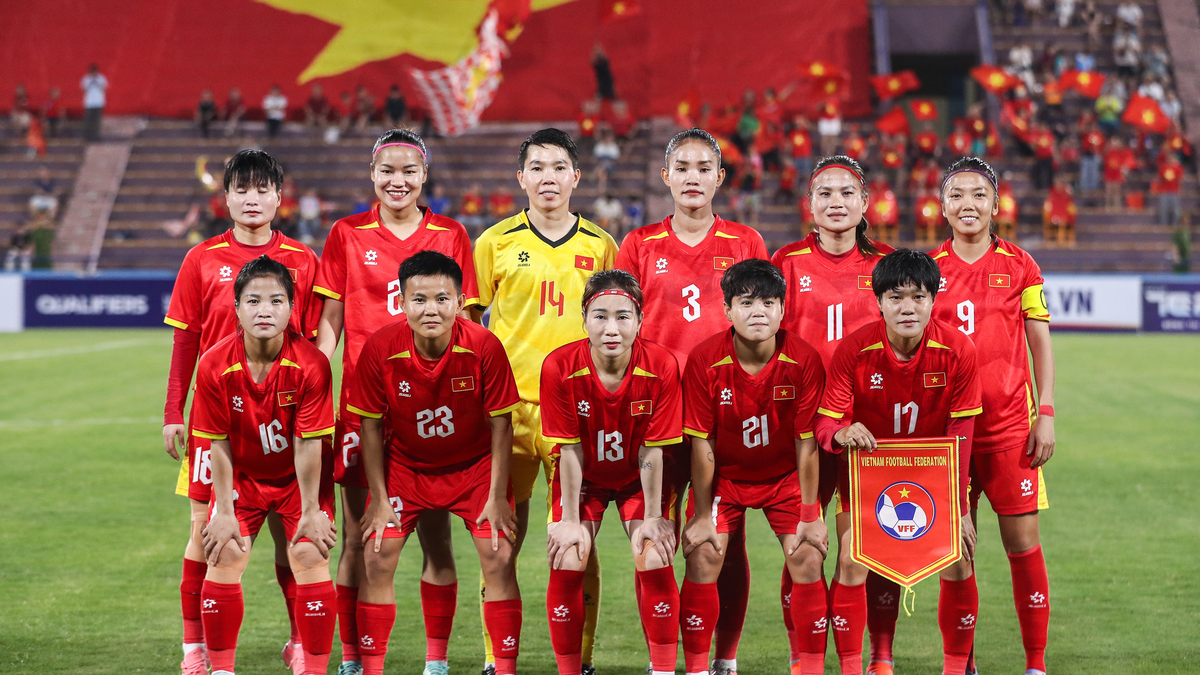

















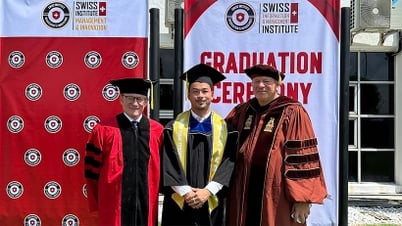
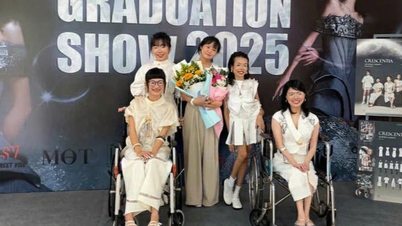










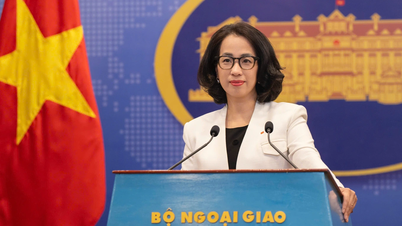


















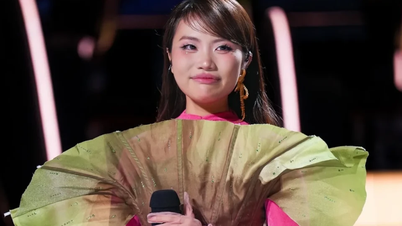

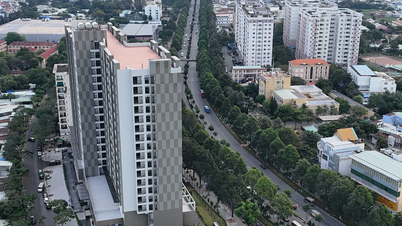


















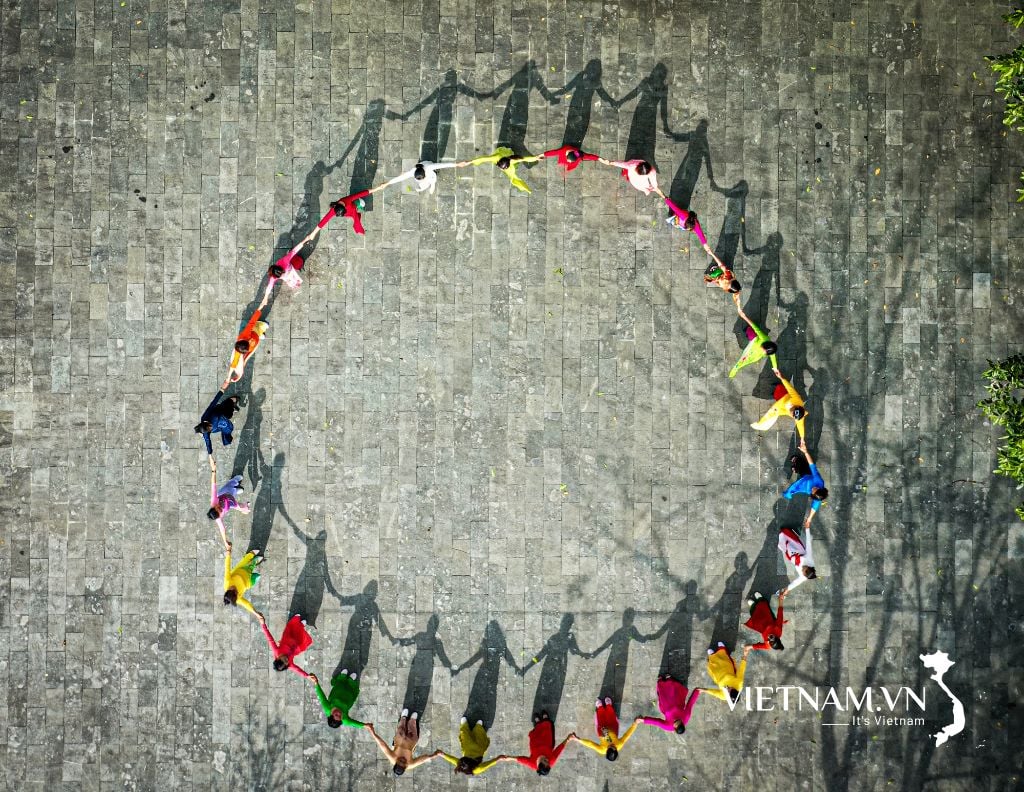

Comment (0)